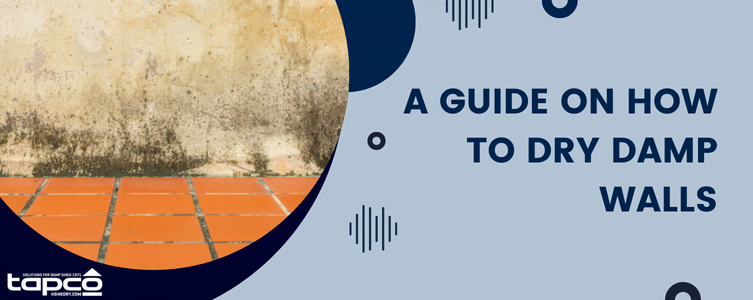
There are a number of reasons why moisture can build up in your walls – floods and pipe leaks are two common ones. Whatever the cause, moisture build up needs to be dealt with quickly.
Left untreated, it can lead to the growth of dangerous things like black mould and may even lead to the weakening of the structure. The good news is that there are a number of different ways that you can dry out walls and stop the problem.
Containing the problem
The first step is to find and fix any water leaks near your walls. If you have a burst or leaking pipe, a dripping tap or other causes of moisture in the walls, this needs to be fixed first before any other steps are taken. If it is a major leak, you may need to strip out and replace the entire pipe or fixture.
- To ensure safety, always have a professional plumber look for leaks inside walls and see what needs to be done. If you try to handle this yourself, you risk doing more damage to your property and to neighbouring properties.
- If you live in a block of flats, remember that the leak could be in a neighbouring property rather than your own. If the source of the water is your ceiling, then you may need to speak to your upstairs neighbours.
Drain away any water standing in the walls. If the leak has been a major one, then there could be a lot of water standing inside the wall. To find out, drill a small hole about 5cm away from the ground and see if any water comes out. If it does, drill a series of similar holes to let all of the standing water drain out.
- Keep the holes around 5cm from the ground and put them 40-60cm apart
- Before drilling holes, find any studs in the wall and avoid these spots
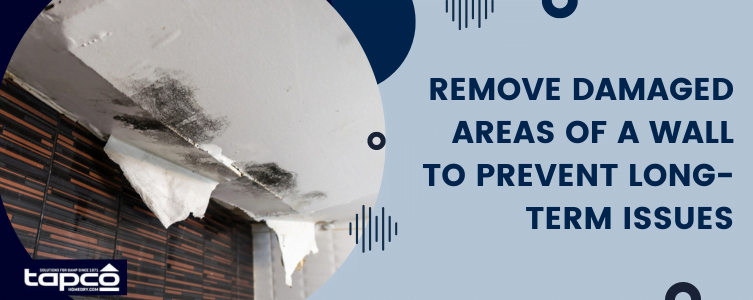
Remove damaged areas of a wall so there are no long-term issues. It is possible that some areas of the wall need to be removed and replaced if the water damage is bad enough.
Otherwise, the moisture levels could lead to black mould growing or mildew and could even weaken the whole property. Signs that the wall may need replacing include:
- Black patches or streaks on the plaster
- Wood that is warped
- Cracks or blisters on wallpaper
- Rusted spots on metal stud walls
- Dissolved, chipped or bowed spots on brick or stone
Choosing a drying technique
Once you have identified and stopped the cause of the damp wall, you can then start drying out the way. There are a few different methods to achieve this.
Use a room fan
Grab a room fan to dry small damp spots. If the area that is wet is a small one, then it is possible to use a standing oscillating fan to try it out. Place one or more fans in front of the damp spot and turn them to their highest setting. This helps dry the wall and also gets moisture out of the air.
- If the fan has an oscillation feature, you can use this to clear more than one damp spot that is within its reach.
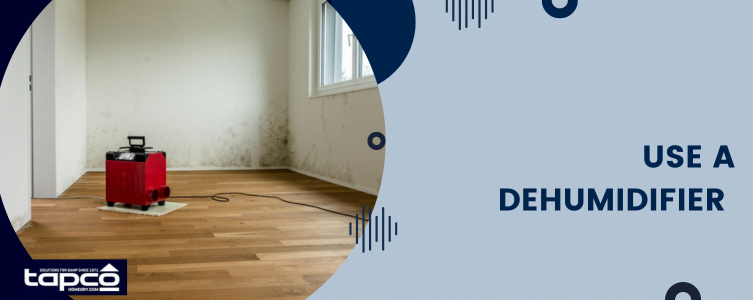
Use a dehumidifier
Buy a dehumidifier for large damp patches. If the area is a bigger one, you may need a dehumidifier. Lok for one that can process 50 imp or 28,000ml of water each day. Hook up the device in the same room as the damp walls, close the windows and doors and run the device as stated in the manufacturer’s book.
- You can find dehumidifiers in DIY stores and can often be hired for a few days rather than buying outright. This could allow you to access a more high powered dehumidifier without shelling out a lot of money up front for something that you won’t use for long.
Use moisture traps
Use desiccants to absorb moisture. Small areas like a walk-in wardrobe or cupboard can be difficult to dry with the above systems. Instead, using absorbent materials or desiccants may work better. These suck up the water and can then be removed. Examples include:
- Clay cat litter
- Calcium chloride pellets
- Chemical dehumidifier packs

Call in the professionals
Hire a professional to handle major water damage. If you have trouble drying the wall or don’t want to handle it yourself, you definitely want to call in a professional to deal with it. Costs vary depending on where you are and the type of damage, but most companies provide a free quote or assessment.
Accelerating the drying process
If you want to speed up the drying process, there are steps you can take. Try turning up the heating and any air con unit you might have. If you have an air-con unit, this can help with the drying process, as can turning up the heating in that particular room. You can even hire a portable A/C unit to help with the process.
Open windows to increase air circulation. If it is warm outside, then it is a good idea to open the windows and let air circulation help, especially if the room gets lots of sunlight.
- Don’t open windows and doors if you are using a dehumidifier
- Only use this method during the day when the sun is out
- Don’t use this method if it is very humid outside
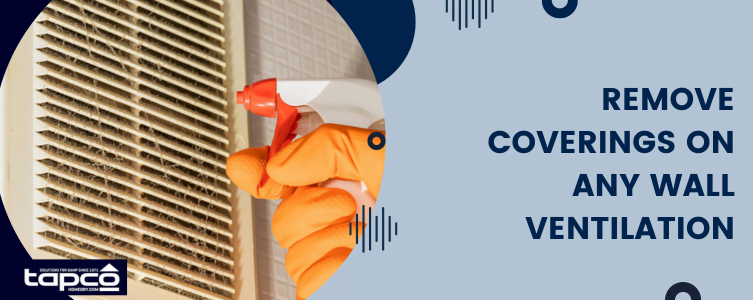
Remove coverings on any wall ventilation. If you have wall ventilation in the room and there is anything covering it, then make sure you remove this. This might be wallpaper or a special cover. It could even be a piece of furniture standing in front of it. Not only does this help dry the walls but it prevents these things from staying damp. You should also ensure wall vents are kept clean to improve airflow.
- Remember to move obstructive items such as wall mounted shelves and posters
Open any wall mounted cupboards. If the wet walls are in a room like a kitchen or the bathroom where there are wall-mounted cupboards, you want to open their doors to let the most airflow and to help to dry out.
Key takeaway
If you find you are noticing wet walls on a regular basis, you may need tanking of the walls to prevent this problem and to stop related damp issues. If the walls are particularly wet, it could take weeks or even months for them to be completely dry. Once dried, you’ll want to make sure you take steps to ensure this issue doesn’t return.
The first step is to identify the source of the problem and then rectify this. This could be rising damp or a leaking pipe. It could also be the result of rainwater entering your home through a cracked roof tile or faulty rendering.
Once you’ve addressed the cause of the problem, you can start to dry out the wall. This can be achieved through the use of fans, dehumidifiers and even just sunlight. You can accelerate this process by ensuring that you remove all wall coverings and increase ventilation to the space.
If you’re struggling with damp in your home, call in the experts to address this issue head on. You might benefit from damp proofing or tanking to help create an impermeable barrier to your home.


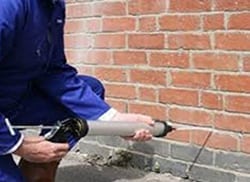 Damp Proofing
Damp Proofing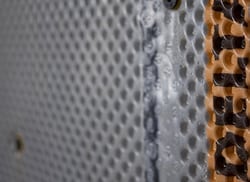 Basement Damp Proofing
Basement Damp Proofing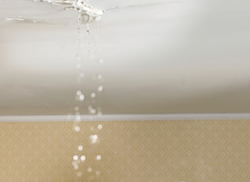 Water Damage
Water Damage Condensation Control
Condensation Control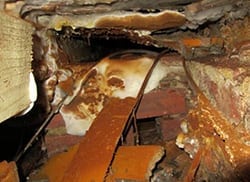 Dry Rot Treatment
Dry Rot Treatment WOODWORM & WET ROT
WOODWORM & WET ROT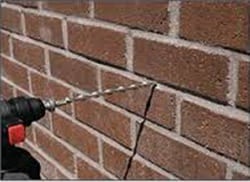 CAVITY Wall Ties
CAVITY Wall Ties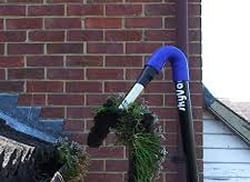 Property Maintenance
Property Maintenance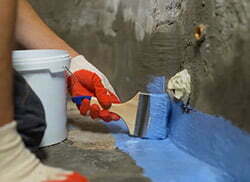 Waterproofing And Tanking
Waterproofing And Tanking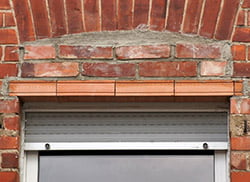 Structural Repairs
Structural Repairs







